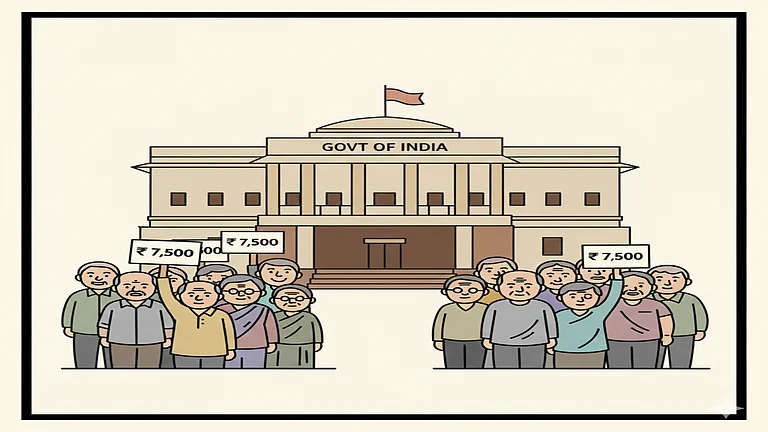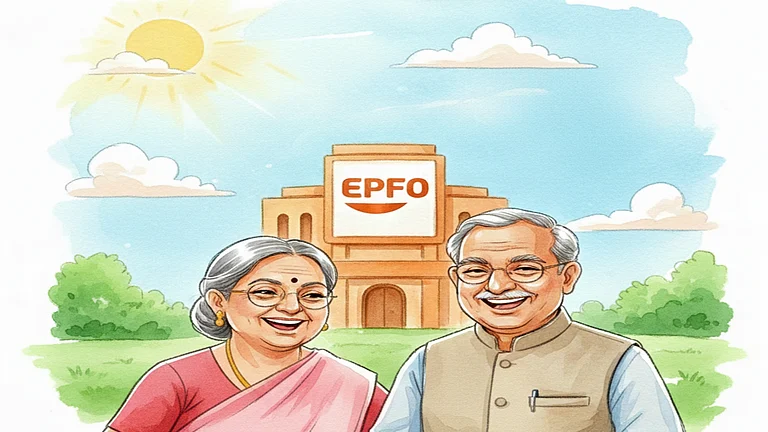To achieve the vision of a fully pensioned society by 2047, it is essential to enhance the penetration of pension schemes among underserved segments of the population. At a recent event titled “Fully Banked, Insured, and Pensioned Society for a Viksit Bharat 2047: Future Road Map,” Deepak Mohanty, chairperson, Pension Fund Regulatory and Development Authority (PFRDA), emphasised that significant work remains to be done to create an inclusive economy.
He said that financial institutions are at the core of driving the economy. They can impact banking, insurance, investment, and pension. While the government’s objective is to offer ‘Banking to the unbanked, funding to the unfunded, and also financially securing the unsecured’, the real impact of the financial services sector is uneven, especially for the informal sector workers who do not have access to long-term financial planning.
He highlighted the key aspects in making India a fully pensioned society.
Financial Inclusion
Schemes such as the Pradhan Mantri Jan Dhan Yojana (PMJDY) have brought over 553.10 million people under the banking system, while trinity of JAM (Jan Dhan-Aadhaar-Mobile) has been a catalyst to financial inclusion and digital financial delivery. Notably, the Reserve Bank of India’s Financial Inclusion Index (FI-Index) has improved from 56.4 in March 2022, to 60.1 in March 2023. The index indicates financial inclusion in the country based on access, usage, and quality.
According to the Global Findex Database 2021 (World Bank), around 78 per cent of adults in India now have a bank account, but only 20 per cent have formal insurance, and only 14 per cent are part of any pension or retirement scheme. Insurance penetration is almost half compared to the global average of 7 per cent.
Pension Reforms In India
Despite the existence of various government schemes for retirement purpose, such as the Employees’ Pension Scheme (EPS), the Atal Pension Yojana (APY), and the Pradhan Mantri Shram Yogi Mandhan (PM-SYM), their impact remains limited due to the relatively small pension amounts provided and their limited coverage.
In contrast, the National Pension System (NPS) has introduced a significant change by allowing anyone, regardless of employment status, to participate in the scheme. A resident individual can apply even after reaching 40 years of age.
Mohanty also highlighted how parents can secure their children’s long-term financial future and make them financially aware by opening NPS Vatsalya accounts for their children. The other innovation is the Unified Pension Scheme (UPS) for government employees, he added, which ensures them an assured and inflation-protected pension after retirement. It provides a ‘template’ for creating a pension system that is based on defined benefits and offers equitable intergenerational pension, he added.
He emphasised that currently, India is a young country with a median age of 29, but this demography will change by 2047 when around 20 per cent of the citizens will be 60 years or above. To maintain economic stability, a robust retirement ecosystem is needed so that seniors in the future would not have to experience financial instability.
Retirement Planning
He highlighted that retirement planning should be an integral part of financial literacy and long-term financial planning similar to opening a bank account and buying insurance. Drawing attention to a mere 15 per cent pension penetration in India, he said that NPS is gradually gaining attention, and there are now 4.3 million individual subscribers.
However, there is a lot of scope in the private sector where NPS can work as a retirement planning tool. However, for this to happen, NPS needs to be integrated into employee wellness programs, and auto-enrolment in the scheme needs to be promoted, he added.
Viksit Bharat By 2047
In addition to this, informal sector workers, including gig and platform workers, can also be included under the scheme to provide them a pension security, he further said. He added that ‘financial infrastructure is not enough—financial literacy is crucial’ to achieve the Viksit Bharat goal, and pension literacy is vital for achieving the goal of a fully pensioned society.

















